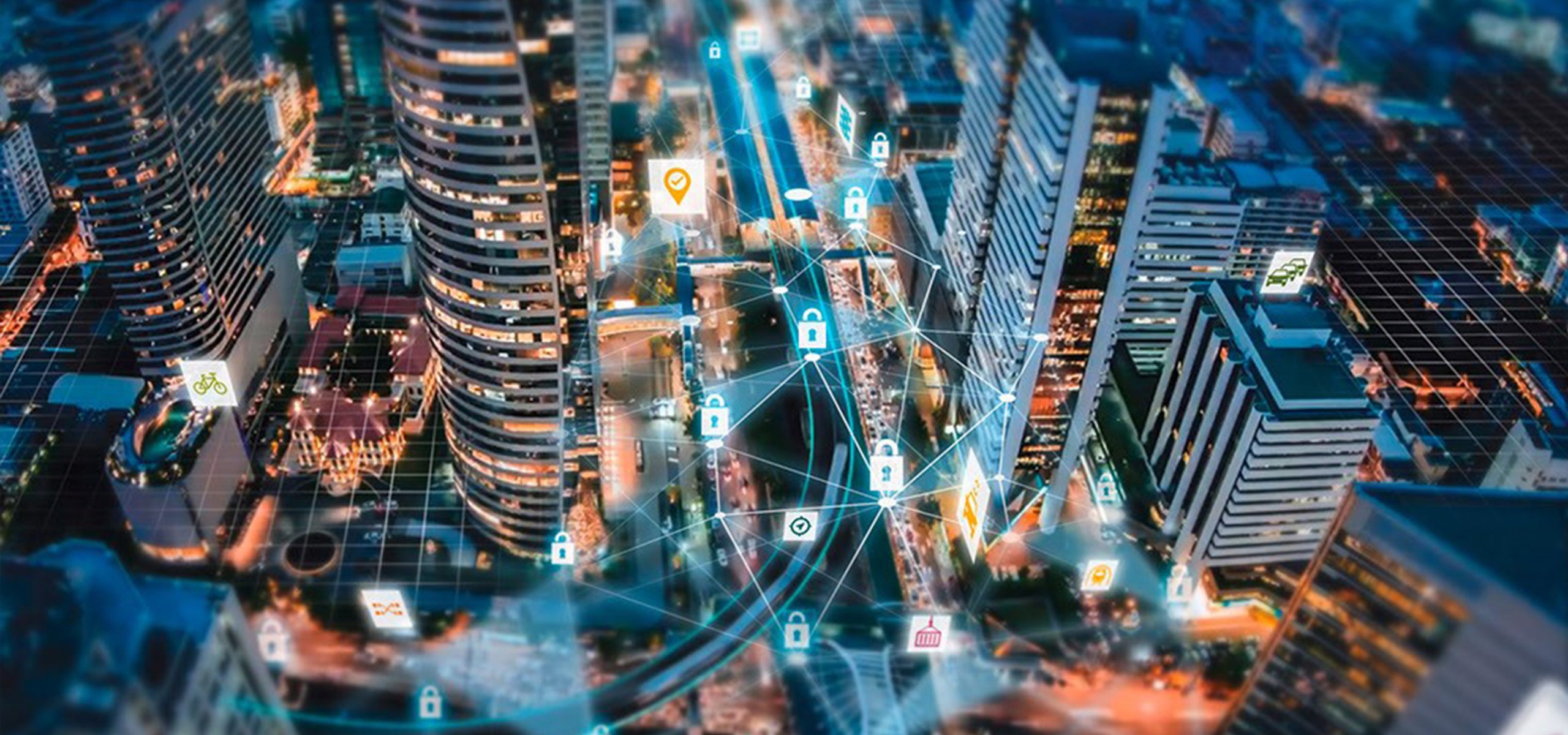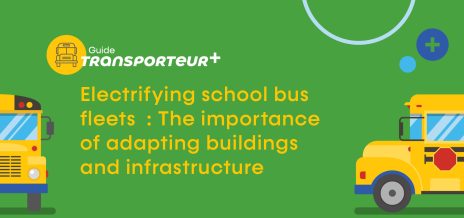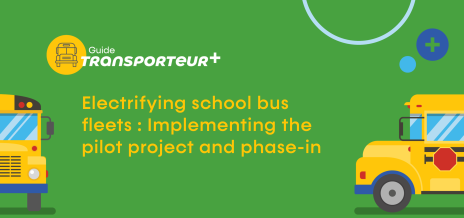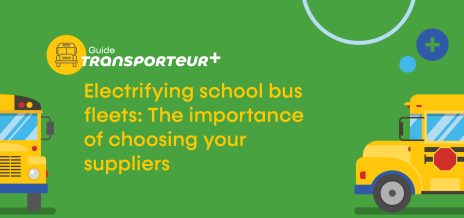What are the key challenges for electrifying fleets?

Electrification of transport is gaining significant momentum worldwide and whether the fleet is a commercial fleet, a municipality fleet or a bus fleet, they all share common challenges in transitioning to an electric future. Here we explore those common themes and how depot digital solutions are key to successfully navigating the transition.
Fleets today are still predominantly fossil fuel based and the challenges and players are well known
Although the electrification transition is rapidly expanding fleets are still predominantly fossil fuel based. Such an ecosystem has been formulated over decades with well known and optimized components. It is typically based on diesel or petrol fuel which is relatively stable in price. The vehicles themselves use a technology which is over a hundred years old and is well understood in terms of operational parameters. The refueling infrastructure is relatively simple being pumps and fuel tanks and the time taken to refuel is measured in minutes. Most operators have well established and optimized vehicle and driver scheduling which is mediated by a series of interlocking IT systems for fleet management, depot management etc. This is the existing structure and can be seen below pictorially. What is really interesting though is what happens when we take this existing ecosystem and now consider the transition.
Future fleets have a more complex ecosystem full of new players and new challenges
The challenges start with the change of fuel, from diesel to electric. Whilst diesel fuel was relatively stable in price, electricity costs can change rapidly during the day. This is due to the introduction of time of use tariffs where electricity is typically cheaper at night, more expensive around the early evening when people return home and solar dips. In many paces there are also “demand charges” where power is more expensive at key times, again typically around early evening. In addition, it is now possible to consider using storage, on site generation, microgrids and virtual power plants to augment the grid connection. Whilst the vehicle cabin has not significantly changes its power train is completely different based on electrical motors drawing energy from a lithium ion battery. This brings in complexity related to range anxiety, route planning, driving optimization amongst others. The battery in the vehicle needs to be charged and this requires a charging infrastructure and associated electrical infrastructure. This charging infrastructure for a depot consists of the chargers and multiple front ends or dispensers for each charger. The technology of the charging infrastructure is very different to the diesel refueling infrastructure and requires different maintenance procedures. The chargers themselves need to be coordinated and scheduled and this scheduling needs to be coordinated with the vehicle and driver scheduling to ensure that each vehicle has ht right amount of energy, at the right time to complete its mission. And finally the new aspects of energy management and charging management required in an eDepot need to interface with the existing IT and the operational processes within the depot. But these challenges are not insurmountable and the complexity can be cut away by considering the key challenges and then addressing these with Digital solutions.
The key challenges and how they can be addressed
There are three key challenges which if addressed can considerably increase the transition success for a fleet. First of these is maintenance of the charging infrastructure. In a typical fleet depot there may be hundreds of these, and it is impossible to monitor these by physically “watching” them. There has to be a monitoring system in place which connects the chargers and relays their status so that they can be viewed remotely. Such a system should ideally be configured so that alerts can also be pushed via email or SMS to service teams or similar. Many faults can be cleared by resetting the charger, so the monitoring system should also be capable of sending remote commands to the chargers so avoiding the need for “boots on the ground” to clear faults. This connectivity also allows a rich datasphere to be developed, historical data can be analyzed to deliver valuable operational insights, detailed machine data can be evaluated to make troubleshooting more efficient.
The second key challenge is around variable energy costs and grid connections. By controlling the charging using load management and energy management it is possible to significantly reduce the power demands and electricity costs for a depot. In my experience based on simulations of several real world fleet depots the power needs of a depot can be reduced by between 40 – 50% when using optimized charging. Electricity costs see a typical saving of 15 – 25% when using the optimized charging for the depots considered. These are key levers in making the business case for a depot. Power requirements for the depots drive the electrical infrastructure costs. Increased power requirements cost more and are a major driver of the depot capital expenditure. On the operating side electricity costs are the major driver of operating costs for the fleet so managing these are crucial. Digital solutions for charging and enemy management will be needed to control the charging schedules and associated energy flows in the depot. The good thing is that these build on the monitoring solution discussed earlier by bringing in the ability to control the chargers and overlaying this with layers of intelligence to manage the charging and energy. For more information on load management and why its important can be found here >>>
Lastly there is the need to integrate the energy and charge management into the existing depot operations. This covers not only the integration of the involved IT systems but also integration of the operational processes. Ideally, this starts before any chargers have been commissioned in the planning phase. The operations of the depot should be considered holistically together with the charging and energy management. In respect to the digital services it is essential that the charging and energy management systems can interface easily with the existing IT systems. This requires the digital solutions to be developed with an architecture that supports an open ecosystem whilst ensuring cybersecurity.
Digital solutions to support the electrification transition of fleet depots
If you would like to discuss the challenges of electrifying your fleet, talk to some experts or get a demo of what Siemens can offer then please come to us at www.siemens.com/evdepot-digital. The electrification journey is just beginning and digital services and solutions will play a key role in enabling the transition.
This blog post is made possible by our great partner Siemens as part of the Transportation Cybersecurity and functional safety Forum, an initiative of Propulsion Québec and supported by the Quebec government.
Continue reading on this subject

The challenges of designing a 40-tonne, 100% electric mining vehicle for open-pit mines
Partnerships and implications The partners involved in the development of a 100% electric Quebec mining vehicle were all eager to be involved with the project from the outset, for a variety of reasons. NRC’s Eddy Zuppel explained their contribution: “Before starting the project, it was important to model and simulate the vehicle’s route in order […]
Read more
Energy efficiency: Financial support to put your ideas into action
Leading a company involves balancing several priorities at the same time. Energy efficiency? It’s an important issue—one of many! What if we gave you what you need to make energy efficiency a driving force behind your company’s performance and profitability? The good news is, Hydro-Québec offers financial assistance and guidance to help you balance performance and energy efficiency.
Read more
My Consumption Profile: data that lets you strategically manage your electricity use
Companies have a critical role to play in the energy transition. Knowing that energy efficiency factors big into profitability, your organization will benefit from strategically managing its electricity use. The key? Your data!
Read more
Electrifying school bus fleets : Grants available to support your project
In this series of articles, we demystify the key steps of converting your school bus fleet to electric power thanks to the Transporteur+ guide. This guide aims to provide easy and direct access to resources to clarify the steps, issues, conditions and facilitating measures for a successful transition to electrification.
Read more
Electrifying school bus fleets | Key step : Comissioning
In this series of articles, we demystify the key steps of converting your school bus fleet to electric power thanks to the Transporteur+ guide. This guide aims to provide easy and direct access to resources to clarify the steps, issues, conditions and facilitating measures for a successful transition to electrification.
Read more
FINANCING | $50 million from Finalta Capital in non-dilutive financing dedicated to the Electric and Smart Transportation sector
Fast growing, innovative companies from the electric and smart transportation (EST) sector in Québec take advantage of the $50 million in funding dedicated to the EST ecosystem by Finalta Capital, one of Canada’s largest funds specialized in non-dilutive tax credit and government grant financing, announced in March 2023 as part of the Impulsion conference, the International EST Summit organized by Propulsion Québec.
Read more
Demand response: Save money by using hydro at the right times
If you could lower your company's hydro bill while contributing to the collective effort to support Quebec’s energy transition, would you? Yes, most likely! How? By curbing power demand for buildings and equipment during peak demand events.
Read more
Electrifying school bus fleets : The importance of adapting buildings and infrastructure
In this series of articles, we demystify the key steps of converting your school bus fleet to electric power thanks to the Transporteur+ guide. This guide aims to provide easy and direct access to resources to clarify the steps, issues, conditions and facilitating measures for a successful transition to electrification.
Read more
Electrifying school bus fleets : Implementing the pilot project and phase-in
In this series of articles, we demystify the key steps of converting your school bus fleet to electric power thanks to the Transporteur+ guide. This guide aims to provide easy and direct access to resources to clarify the steps, issues, conditions and facilitating measures for a successful transition to electrification
Read more
Electrifying school bus fleets: The importance of choosing your suppliers
In this series of articles, we demystify the key steps of converting your school bus fleet to electric power thanks to the Transporteur+ guide. This guide aims to provide easy and direct access to resources to clarify the steps, issues, conditions and facilitating measures for a successful transition to electrification.
Read more
The key to a successful school bus fleet electrification project
In this series of articles, we demystify the key steps of converting your school bus fleet to electric power thanks to the Transporteur+ guide. This guide aims to provide easy and direct access to resources to clarify the steps, issues, conditions and facilitating measures for a successful transition to electrification.
Read more
FLO®: sparking change, one charge at a time
FLO became a leader in electric vehicle (EV) charging in North America by integrating the process from start to finish: manufacturing charging stations, developing software and managing its network. To stay ahead of the curve in a fast-moving, innovation-driven market, the company turned to the Fonds de solidarité FTQ to support its growth.
Read more




